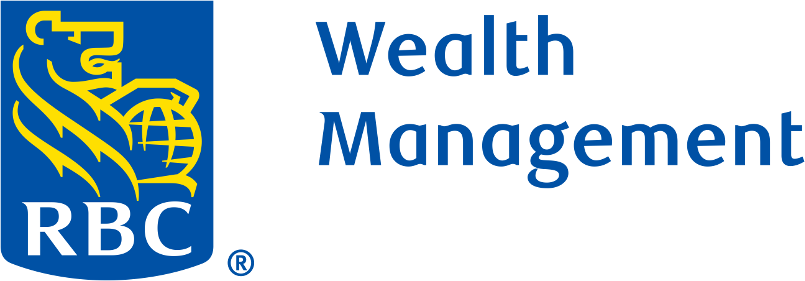Fast forward to today, and only one green indicator remains—the free cash flows generated by non-financial businesses. The rest are evenly split between cautionary yellow and recessionary red.
There has been one minor improvement this month: The unemployment rate has been moved to yellow from red. But on the whole, the biggest change over the past several months has been the growing uncertainty around trade policy which could lead trends that appear entrenched today to look very different a few months out.
We think the mixed state of the Scorecard indicators argues for a watchful portfolio investment approach in an environment where nothing can be taken for granted.
U.S. Recession Scorecard
Status
Indicator
Expansionary
Neutral/
Cautionary
Recessionary
Yield curve (10-year to 1-year Treasuries)
Federal funds rate vs. nominal GDP growth
Unemployment claims
Unemployment rate
ISM New Orders minus Inventories
Conference Board Leading Economic Index
Non-financial corporate cash flow
Source - RBC Wealth Management
Yield curve: Still waiting
Inversion of the yield curve (short-term interest rates moving above long-term rates) has been a reliable precursor of a U.S. recession for the past century. The latest inversion (from July 2022 to October 2024) was the longest on record, but no recession has arrived.
Often in the past, a recession has not started until some months after the curve reverts to normal, but at seven months and counting, this measure too is getting somewhat long in the tooth. While it is tempting to pull the rating back to cautionary yellow, we have chosen to leave it at recessionary red for now in part because one version of the curve—the fed funds rate versus the 10-year Treasury yield—is within a few basis points of re-inverting.
Federal funds rate vs. nominal GDP growth: Reaffirmed at red
Before every recession, the federal funds rate has climbed higher than the annualised run rate of nominal GDP (that is, GDP not adjusted for inflation). That occurred briefly in the summer of last year just before the Fed began cutting rates. The recent slump in GDP growth has again put that condition in place, reaffirming its reading at recessionary red.
Unemployment claims: Rising but restrained
Unemployment claims are well above their cycle low and have become more elevated in recent weeks. But the climb higher has been gradual. They have not experienced the multi-month surge higher that typically signals a recession is on the way. For now, this series rates no worse (or better) than cautionary yellow.
Unemployment rate: Scaling back to yellow
The unemployment rate has risen above its cycle low (3.4 percent in April 2023) by enough to justify a recessionary red rating. However, it has done so by way of a gradual creep higher rather than the usual sustained surge that indicates an important corner has been turned in labour conditions and a recession is imminent. Meanwhile, weekly claims, which usually lead the way higher for the unemployment rate, remain restrained as noted above. We are scaling back this indicator to cautionary yellow aware that this could worsen quickly if and when tariffs bite.
ISM New Orders minus Inventories: Tariff distortion
The new orders sub-index of the ISM Manufacturing Index remains weak enough to have pushed the three-month moving average of our series below zero for two months running. That would usually be enough to shift this indicator back into the red column. However, the on-again, off-again tariff policy path of the past two months may be producing distorted readings that could quickly reverse. Another weak reading for June, were it to arrive, would send this indicator back to recessionary red.
Conference Board Leading Economic Index: Long slide continues
The LEI fell by a sharp one percent in April after sagging by 0.8 percent in March. It has declined in 38 of the past 40 months and has never reached these levels in the past without a recession arriving. It remains firmly in the red column.
Non-financial corporate cash flows: The last green standing
This measure of the capability of non-financial businesses to self-fund capital expansion has always declined as a percentage of GDP before or just after a recession gets underway. It has not done so as yet. We await the Q1 data, which won’t be released until later in June.
Stay alert
Green is hard to find in today’s Scorecard. That is not necessarily sending a dire message for the U.S. economy or for global equity markets. But it does argue that a continued, uninterrupted economic expansion should not be taken for granted. Stay tuned.

